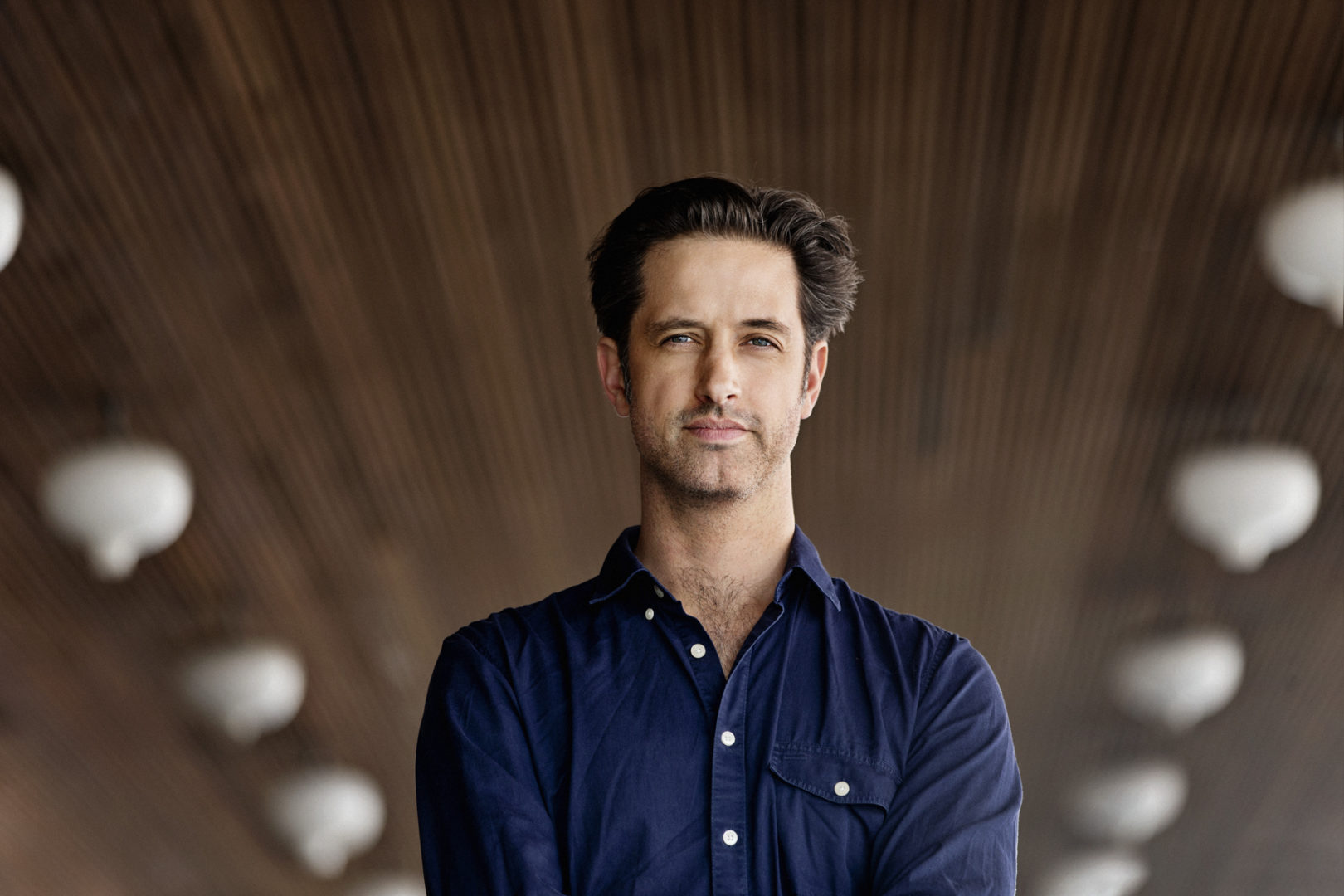
All the music for guitar by Johan Sebastian Bach are arrangements or even arrangements of arrangements – for example moving from cello to lute and then to the guitar.
The same thing could be said about the piano music by Bach: Although the basic principles of the keyboard remains the same in the clavichord, the harpsichord and the modern piano, there are huge differences in the ways the tones are produced, the qualities of the sound and the possibilities and means of expressive interpretation.
Some prefer performances on the original instruments, others prefer the modern instruments. Surely one looses some aspects of the of the original work in any translation – just as in literary translations – but a translation to another language or medium can obviously also gain qualities to the work in other aspects.
Bach’s Capriccio on the departure of his dearly beloved brother was probably written in 1704 when Bach was only 19 years old. It therefore seems quite certain that the piece was originally composed and performed on the clavichord – an instrument very different from the harpsichord that later in Bach’s life out ruled the clavichord, and extremely different from the modern piano. These are the two instruments that the Capriccio is mostly performed on these days.
The most distinct differences between the clavichord and the later keyboard instruments are the sound production and the dynamic range. When playing the keys the strings are not plucked or hit as on the harpsichord and on the piano, they are ”stopped” or ”tapped” (as one would say on the guitar) which enables different dynamics (in contrast to the harpsichord) and even vibrato. And it also produces a characteristic percussive sound, that becomes an integrated part of the music. The dynamic range of the clavichord is maybe the most extreme thing about the instrument. Its sound is so extremely soft and thin that it hardly qualifies as a concert instrument. One must imagine the venues back then being small rooms with very small audiences and a high degree of concert discipline and concentration. And this might be the most important aspect lost in the performance on the later instruments; the intimacy and the proximity between performer and audience.
If one damps the strings of a guitar at the bridge and then taps a tone (hitting it with the finger on the fret board without plucking it with the other hand) one only hears the “back side” of the string sounding. This “backside guitar” has many similarities with the clavichord; its tones are extremely soft and thin, the technique of tapping or stopping the string is comparable and it produces a similar percussive sound that becomes an integrated part of the music, the tones are – for other reasons than on the clavichord but in a similar way – often slightly out tune, and last but not least it is extremely difficult to play and takes all the skill and focus of the player.
Beloved Brother is movement number one and three from Bach’s Capriccio arranged for backside guitar: Arioso/Adagio (with the programmatic text “In which his friends prevail upon him, to give up his proposed journey”) and Lamento/Adagissimo (with the text “Is a general lamento by his friends”). On one side these arrangements are a step even further away from the original, a translation to a modern and completely different instrument. On the other side one could say that these arrangements complete a circle, ending up not far away from the clavichord in sound, physicality and intimacy.
Simon Steen-Andersen

